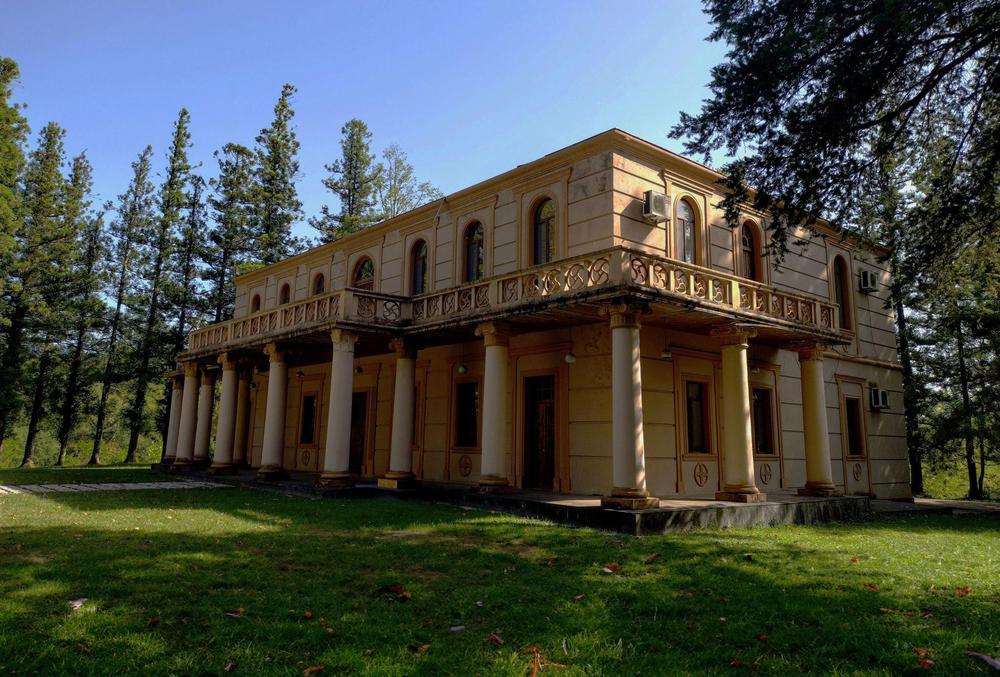In the verdant expanse of Samegrelo, Abasha Waterfall commands attention within its municipality, a mere 5 km from Baldi village and perched at an impressive 895 meters (2,936 feet) above sea level. The waterfall’s journey culminates in a dramatic 30-meter (98 feet) drop, creating a spectacle as it cascades over a limestone hill at the Abasha River’s upper reaches.
Here, the water transforms, foaming and capturing light to create a brilliant display of rainbow hues. Flanking the main waterfall are two smaller companions to the right, with a 200-meter (656 feet) limestone cliff standing sentinel over the scene. The surroundings, a dense forest replete with boxwood, offer a rich tapestry of nature, though caution is advised due to the challenging terrain.
The area’s allure extends to Rachkha Waterfall, known for its karst waters, and Jorlku Cave, each a chapter in the memorable story of a Georgian exploration.
Delving into specifics, the Abasha Waterfall is part of a Natural Monument at the Abasha River’s source, nestled in the Martvili Municipality of the Samegrelo-Zemo Svaneti region. Positioned atop a vast limestone rock from the Late Cretaceous period in the Askhi Limestone Massif’s southwestern section, the waterfall creates a 12-meter (39 feet) diameter hole at its base.
This geological masterpiece is not just a feast for the eyes but also holds ecological significance, with its accompanying streams and dense forest surroundings contributing to a humid subtropical climate and a unique microclimate. This microclimate fosters a habitat for distinctive flora and fauna, marking Abasha Waterfall as a vital component of Georgia’s natural heritage.















